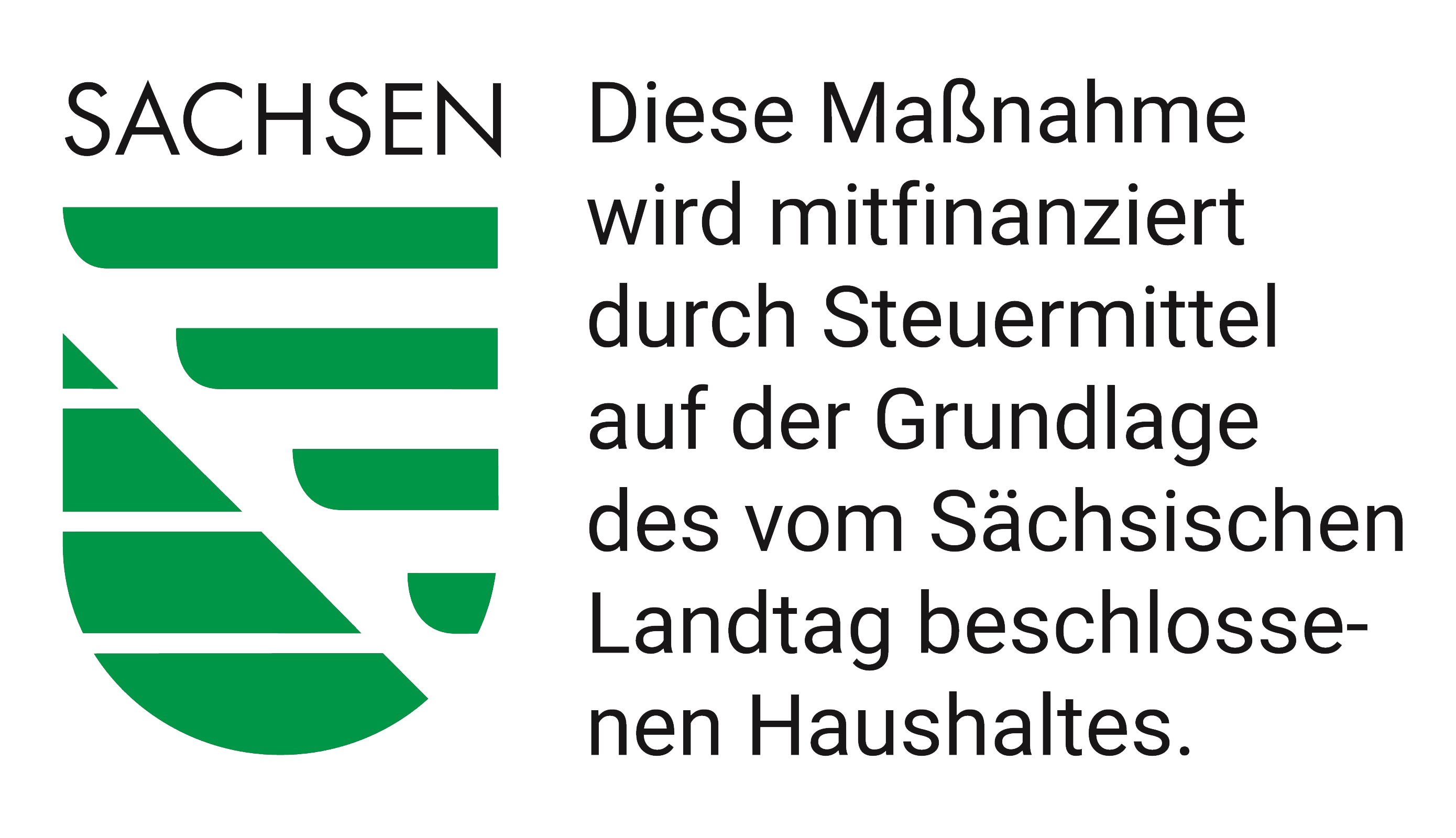In this work, we have analyzed the effect of intentional carbon doping on molecular beam epitaxy grown In-polar InN epilayers using carbon bromide (CBr4) as dopant source. Hall effect measurements, high resolution X-ray diffraction, atomic force microscopy, transmission electron microscopy, secondary ion mass spectrometry, spectroscopic ellipsometry, as well as X-ray photoelectron spectroscopy were employed to characterize the influence of different dopant concentrations on the electrical, optical, crystallographic, morphological, and electronic properties of InN. It was found that the electron concentration increases linearly with the incorporation of carbon pointing towards the effect of n-type doping and that incorporated C impurities reduce the electron mobility within the InN films. This correlation is further reflected in associated properties such as the onset of optical absorption, the plasmon frequency, the effective electron mass and the position of the bulk and surface Fermi level. Furthermore, it is found that the dislocation densities are independent of carbon incorporation, ruling them out as origin for the increased n-type conductivity and reduced carrier mobility in these epilayers.
